New Leader and Tippet Material From Umpqua: Video
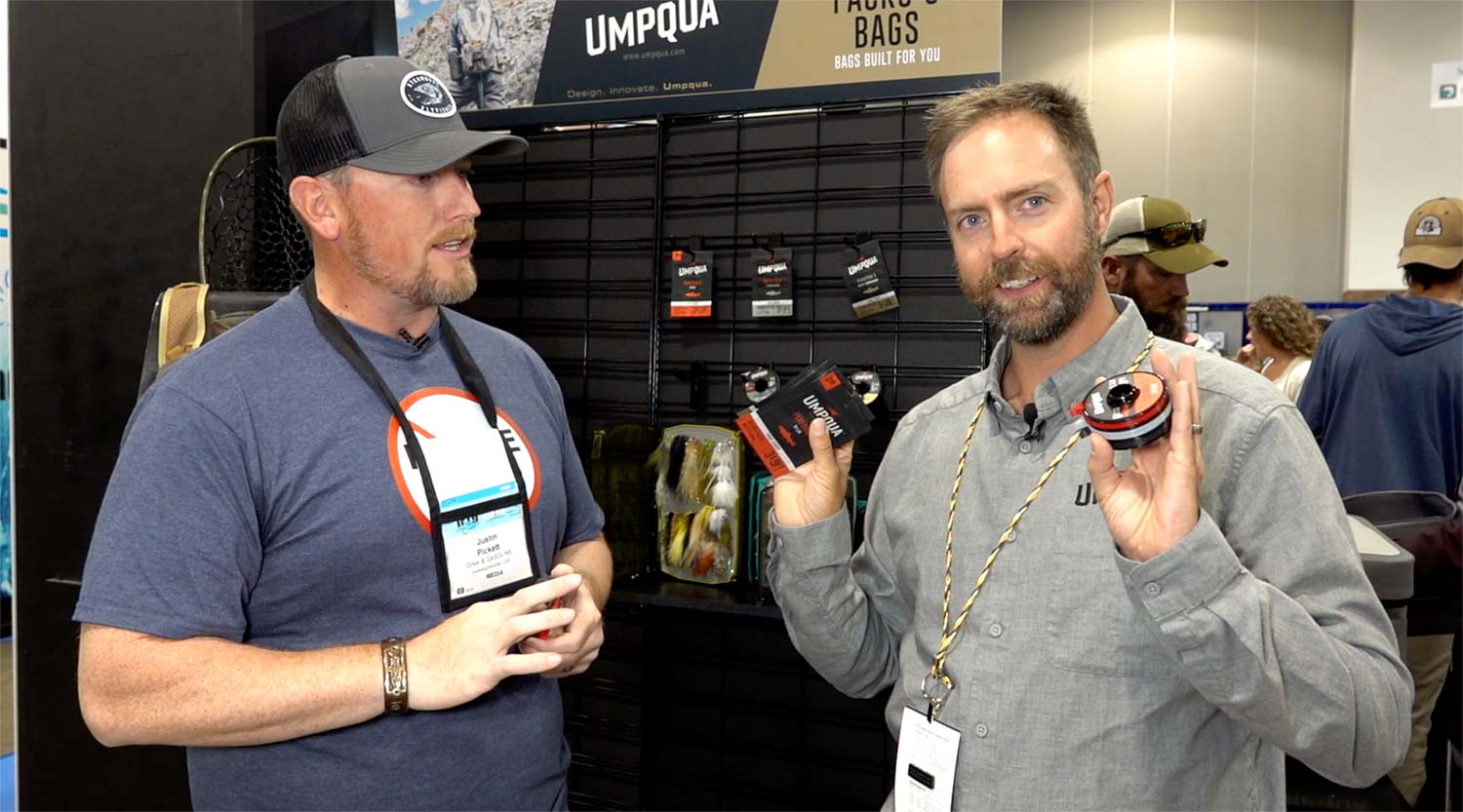
New nylon, fluorocarbon and fluorocarbon ultra material from Umpqua sports hidden tech.
Can fish see your leader? This new leader and tippet material has up to 5 different coatings to make it less visible in the water. Updated materials promise better knot strength and a handy size guide helps you choose the right tippet for your fly.
CHECK OUT THE VIDEO FOR ALL OF THE DETAILS.
Read More »2020 Bonefish School Update
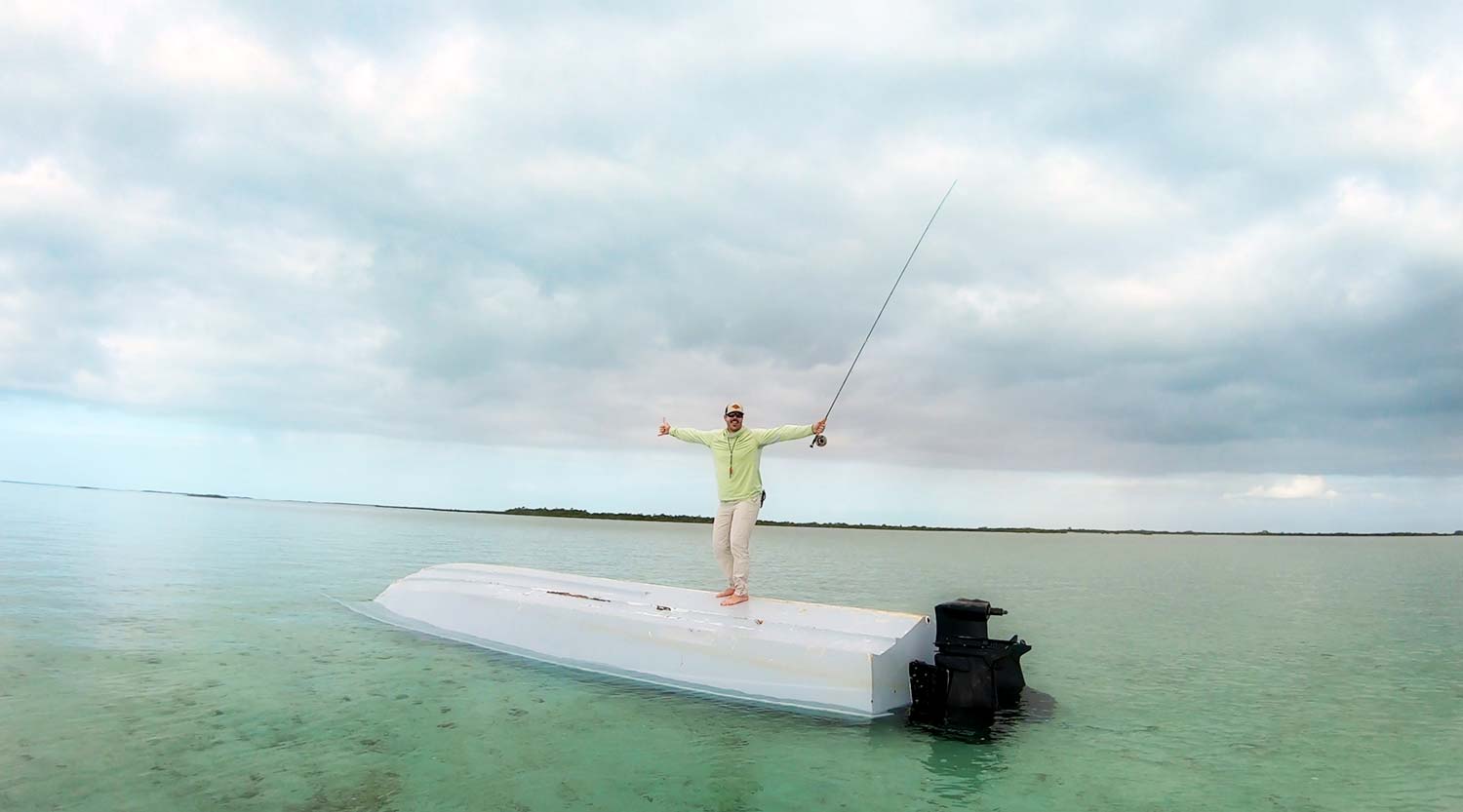
By Louis Cahill
The most rewarding part of my job, by a measure, is working with anglers to help them become effective and self-reliant saltwater anglers.
It’s become a kind of calling and every year it gets better. I guess what I mean is, I get better at it. My Bonefish 101 presentation gets better every year and moving the school to Bair’s lodge has been a huge upgrade, but it also feels like I’m getting a little extra help. The fishing on South Andros has been the best I can remember for the last several years. That certainly makes my job better.
The icing on the cake is the amazing group of returning anglers. The trip is so much fun that folks just want to do it year after year. That makes the experience fantastic for everyone but it does leave me with fewer open spots to offer for new anglers. I’m doing my best to expand the program to accommodate everyone who wants to join, but I always seem to have to turn a few folks away.
So, here’s some good news.
Although this eye condition I’ve been fighting will be with me for some time, I’m back on my feet and feeling confident about the future. I had held back on summer dates for the Bonefish School in case I was not up to it. I’m now confident that I am, so it’s full steam ahead for this summer.
JUNE 6-13 2020 WILL BE THE SUMMER BONEFISH SCHOOL AT BAIR’S LODGE.
The full week trip cost you $4299. That’s a huge savings over the normal rate of $6395! It’s also the last I can offer that great price. Next years school goes up to $4495. Several anglers have already jumped on this deal so spaces are going quickly. Shoot me an email to hookups@ginkandgasoline.com if you are interested.
THE JANUARY 2021 BONEFISH SCHOOL IS ON THE BOOKS FOR JAN 9-16, 16-23 & 23-30.
Rebookings from this year were strong and several anglers have decided to do multiple weeks, so there are only a handful of spots available. I know that makes it tough and I apologize. This trip is just very popular. If you’re interested, get in touch and let’s get you in before it’s all gone.
Let me add a heart felt thank you to all of you who have made the Bonefish School such a huge success, and to each of you who have supported me and Gink and Gasoline through this extremely challenging year. I don’t know if I could have done it without you. I mean that.
I hope you can join me in the beautiful Bahamas this season!
Email hookups@ginkandgasoline.com for more info.
Read More »Don’t Get Mad, Get Even
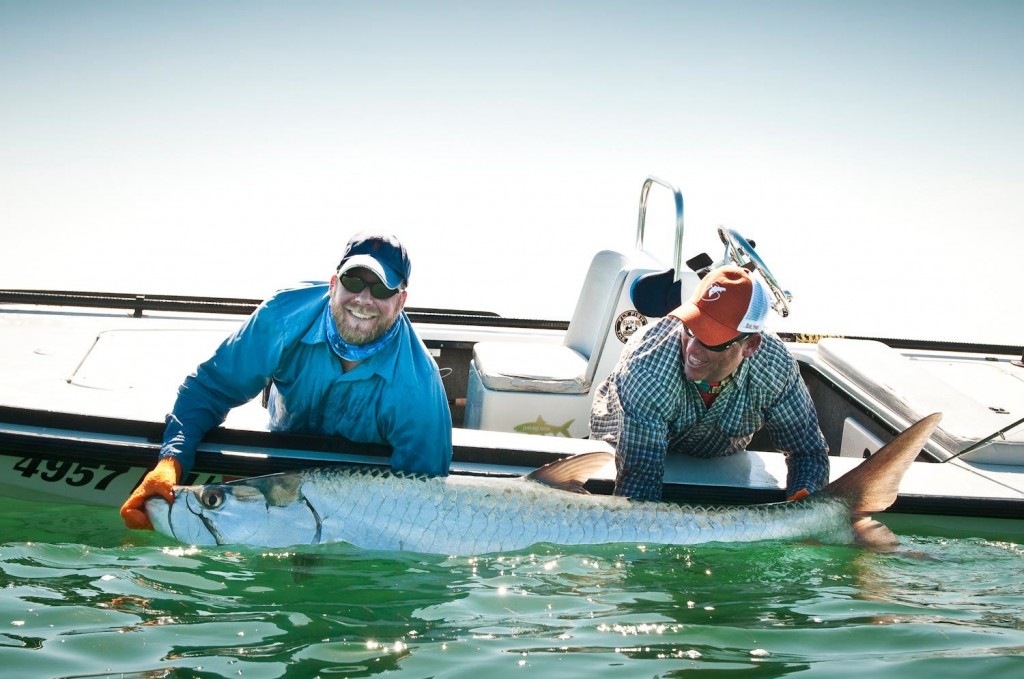
Five long years had past since I’d last set foot on a flats boat in the Florida Keys.
My previous trip I had left the keys vowing to not return until I was a more capable saltwater fly fisher. A few things were in my favor this time around. The five years that elapsed, had allowed me to drastically increase my fly casting skills. I wasn’t worried anymore about making quick backhand casts to tarpon trying to slip out the backdoor. Targets at eighty feet no longer seemed an impossible distance to reach, and most importantly, I had permanently imprinted in my brain, “Thou shall never set thy hook like a trout fisherman”. There was no doubt I was going to be much more prepared this trip, but even with all the drastic improvements in my saltwater game, I’d still have to cope with being rusty as hell.
Don’t Get Mad, Get Even
I don’t recall whether it was Louis or I that came up with the saying, “Don’t get mad, get even”. What I do know is I started silently chanting those five words on the bow after both of us blew shots at high happy tarpon that first day of fishing. It had become
The Redesigned Lamson Guru Fly Reel
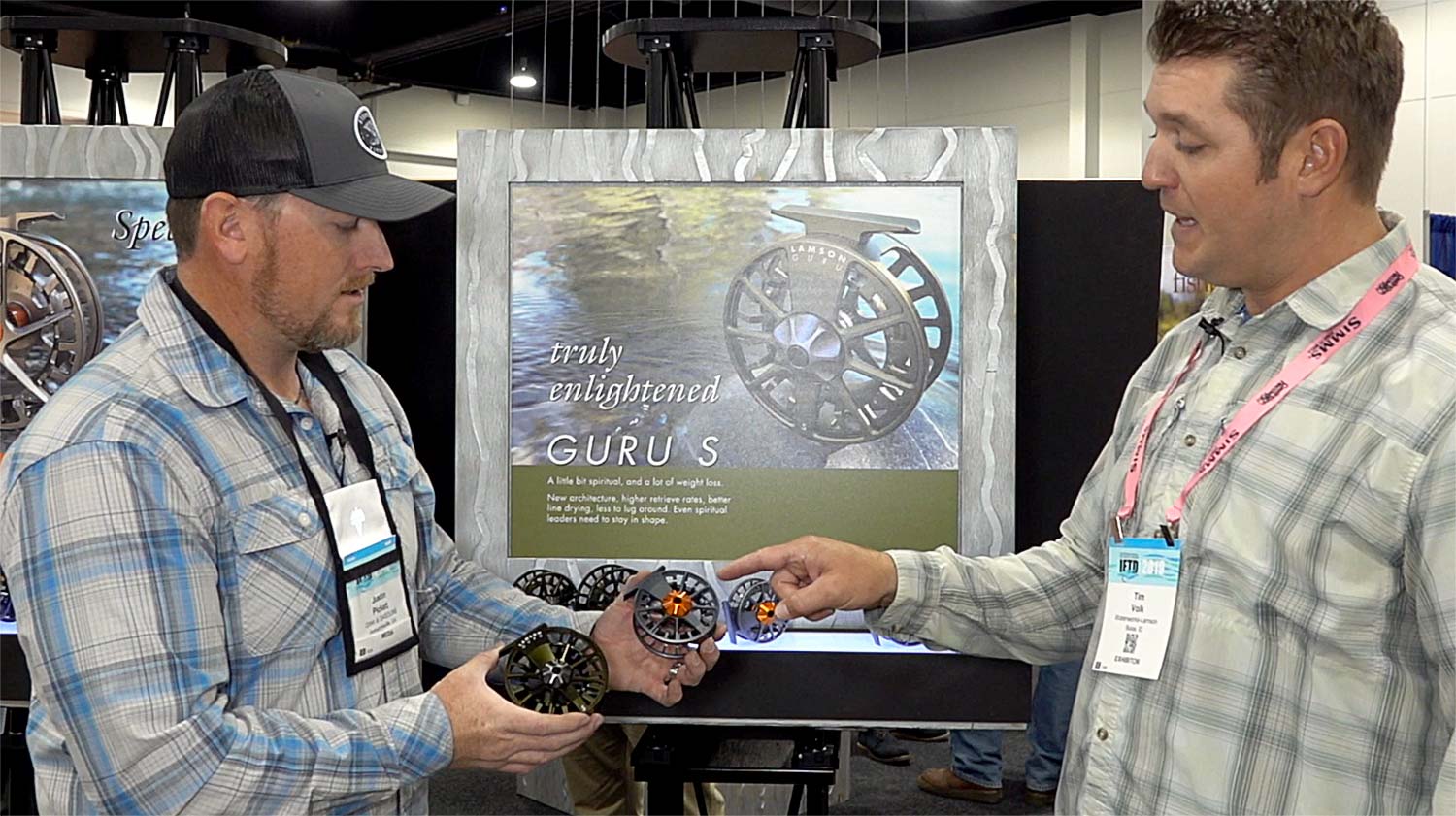
The New Lamson Guru fly reel is a complete redesign.
The new Guru is more than an update in looks. New design features reduce weight and enhance performance. Ported arbors, new drag and new sizes are on the list of updates, as well as new colors.
CHECK OUT THIS VIDEO FOR ALL THE DETAILS ON THE NEW LAMSON GURU FLY REELS.
Read More »Tacky Fly Boxes From Fishpond: Video
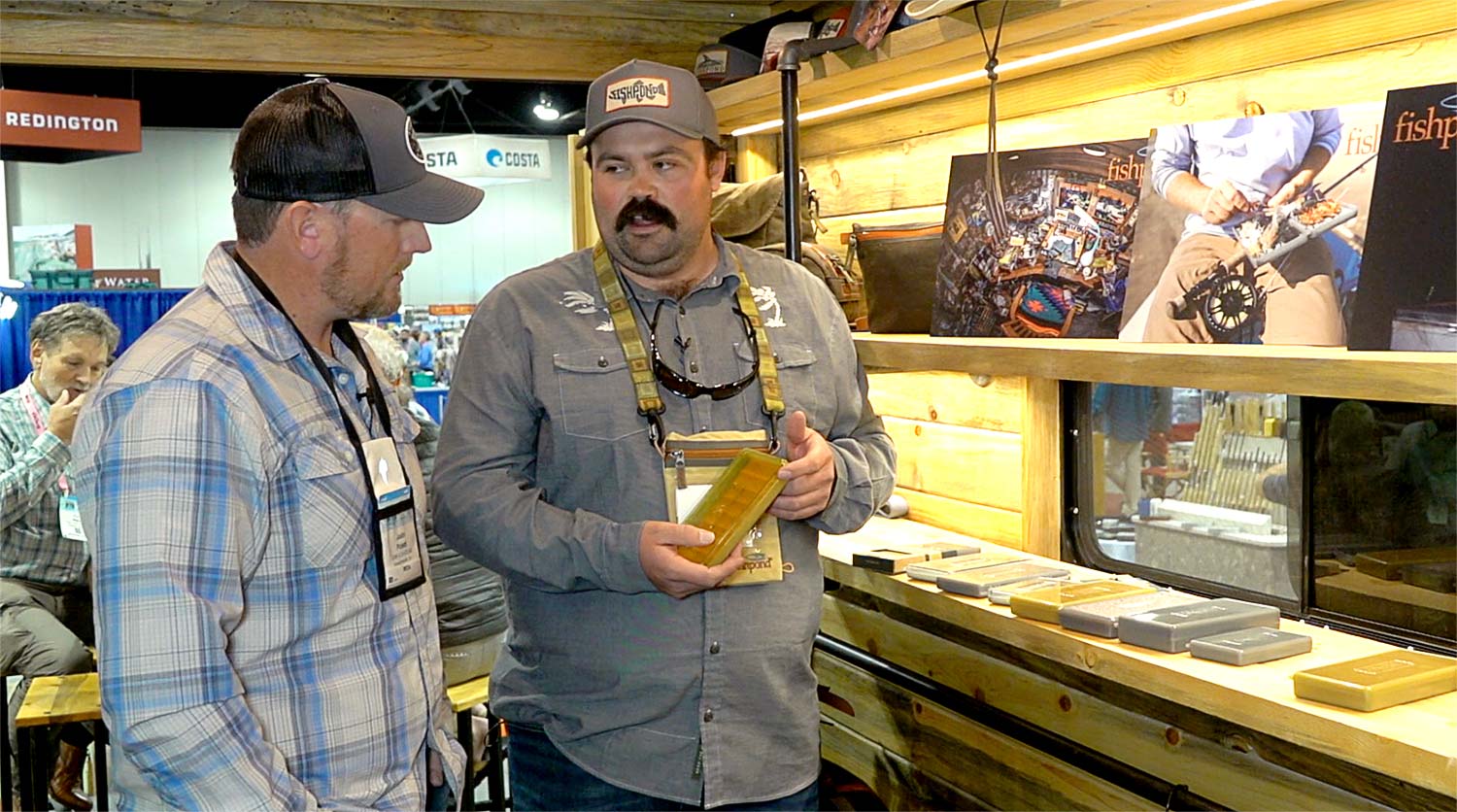
Most anglers are familiar with Tacky Fly Boxes.
The brand made big waves when they came on the market a few years ago, and for good reason. These simple fly boxes are hard to beat for performance. Tacky dabbled a bit in partnerships with companies like Orvis before finally becoming one with Fishpond this year. Fishpond, known for style and outstanding design and construction, are dead set to take Tacky Boxes to the next level.
GET ALL THE DETAILS ON NEW TACKY FLY BOXES FROM FISHPOND IN THIS VIDEO.
Read More »Who’s Your Buddy?
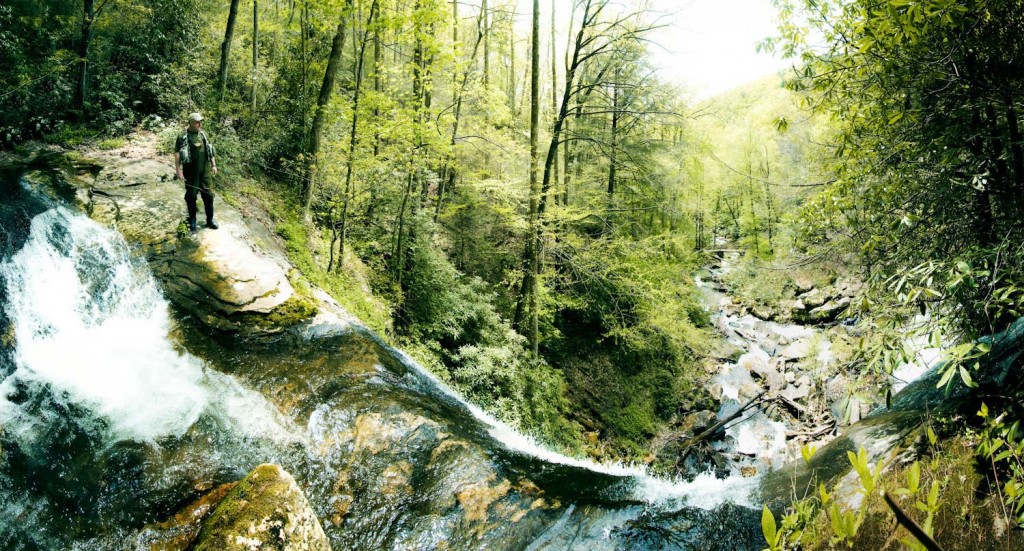
What makes a good angler a great angler?
Fly fishing is a life long pursuit. That may be what I love the most about it. No matter how good you become, there is always a next level. Around every bend some new revelation. A lifetime of learning. For me, that’s the secret to happiness. Learn something new every day.
I always consider my fishing a work in progress. I never think of it in terms of what I have achieved, rather what’s next. This is in no way false modesty. Life has taught me that I have plenty to learn, whatever the subject. I clearly remember being, what I call, an adolescent angler. Knowing enough to be dangerous and too little to be content. Desperately seeking the next level. But how do you get there? I did it by getting lost.
I was excited about my new Toyota 4 Runner. It had been a while since I’d had four wheel drive and I knew it was going to open up some new water for me. On a crisp winter morning my wife and I hit the road to do some exploring. We followed one Forest Service road after another farther and farther into the North Georgia mountains, snow covering our tire tracks.
In my enthusiasm, I failed to keep up with a few of our turns and at some point had to stop and give the map a good study. Just as I was thinking it would have been smart to have brought food, a green pickup pulled up along side. A friendly fellow in a ball cap bearing the Fish Hawk logo asked if he could help. Dan Flynn would become one of my best friends and we fished together almost every week for years.
Dan is a fly fishing machine. His knowledge of Georgia and North Carolina trout water is endless. Especially the native brook trout streams. I learned more that first year crawling through mountain laurel with Dan than I’d learned in a lifetime of fishing on my own. It was with Dan I caught my first real trophy trout. Twenty-five inches. A great fish for a small Georgia stream. I remember him saying, “fish of a lifetime.”
I owe Dan a great many debts. Not only for what I learned from him and for his friendship but for so many great friends who would follow. It was through him that I met Kent, who continues to school me on a regular basis. And through Kent I met Joel Dickey and Bruce Chard, the guys that taught me the salt. And through Bruce I have met, well, just about everyone in the business. I wouldn’t be where I am without these guys.
So here’s my point. We spend a lot of time selecting our gear, choosing the water, tying the flies, setting up the boat. There’s endless talk about waders and boots and reels and lines. Don’t forget that the most important piece of the puzzle is the guy standing next to you. Choose your fishing buddies
Read More »Orvis Pro Waders: Video
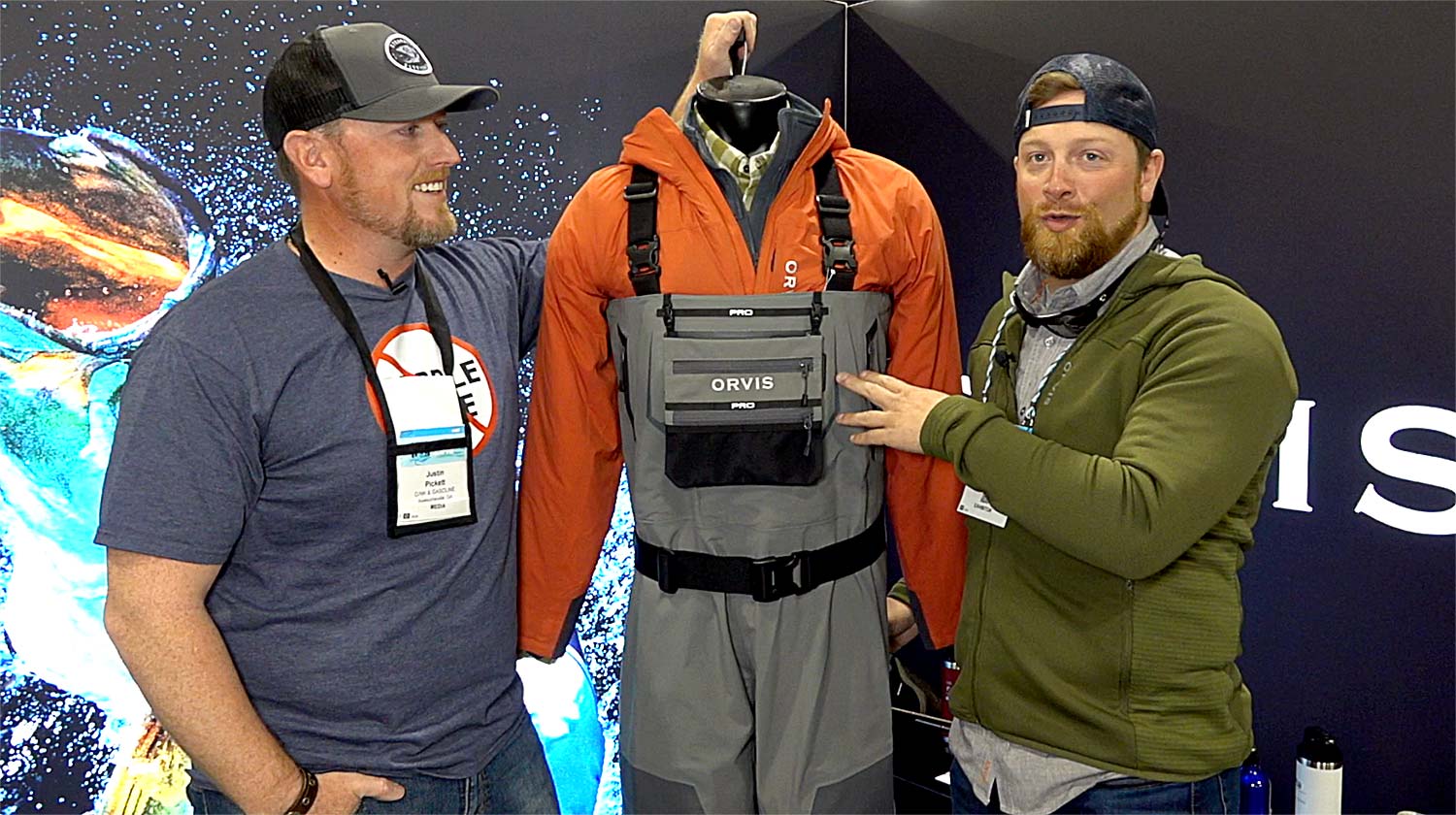
The new Orvis Pro Wader are both tough and feature rich.
The new Pro Wader from Orvis makes some big claims. Test show it to be the most puncture resistant wader o the market. New materials and cut make it a great choice for the athletic angler. Cool new features, like built in knee pads, make it innovative and practical. If you’re in the market for waders, the new Orvis Pro is worth a look,
GET ALL THE DETAILS ON THE ORVIS PRO WADER IN THIS VIDEO.
Read More »Bonefish Toe
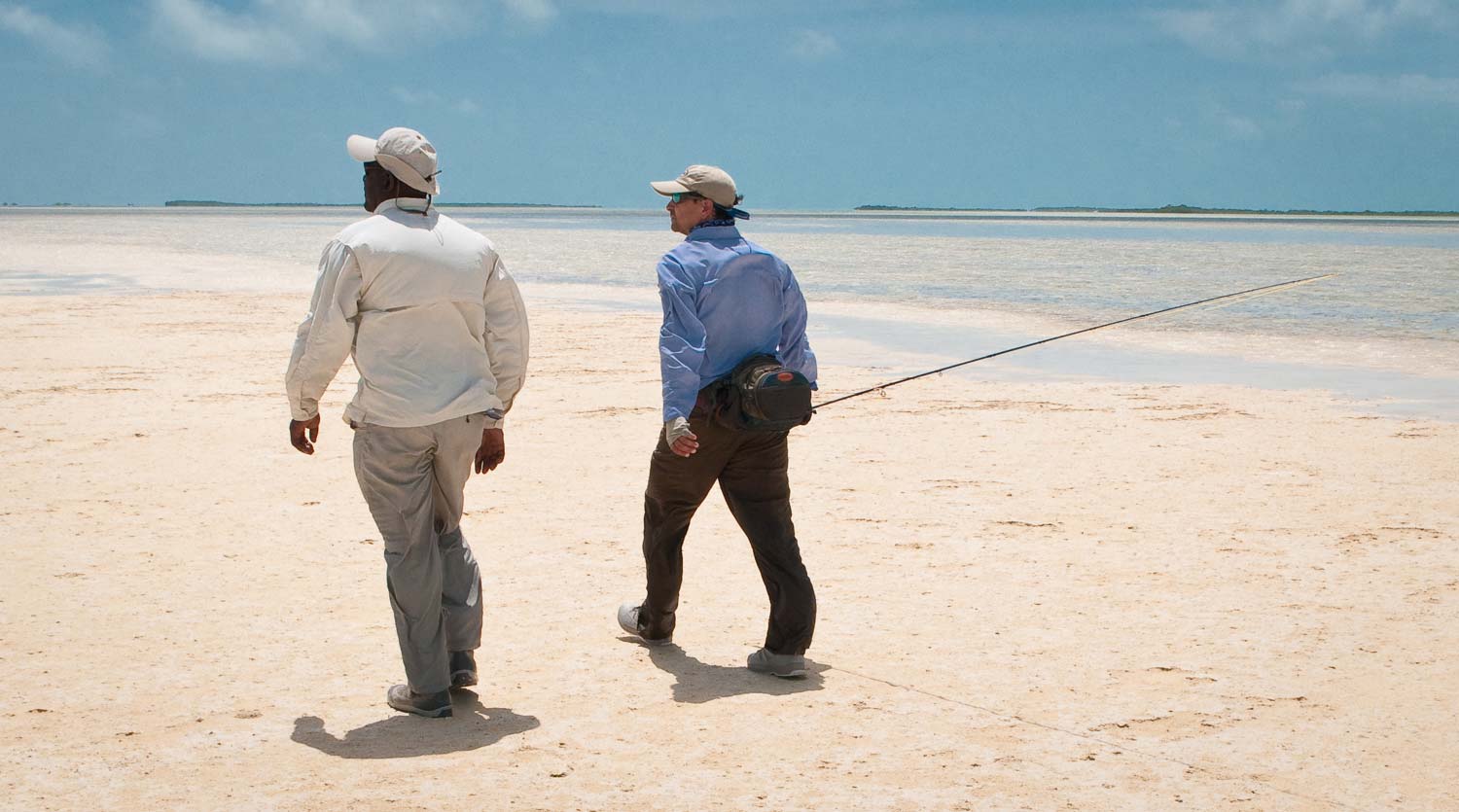
By John Byron
Huh? Bonefish toe? Yup, it’s a thing.
Fishing last month at Beyond The Blue, South Caicos. Four companions/new friends from Connecticut, all experienced on bonefish. One-hundred percent wading all day long.
Fifth day one of us, Mark, came up lame mid-day, his big toe bothering him a lot. Swollen. Puffy. A color somewhere between beet red and puce. Toenail gray and iffy. Day six he stayed in port, barely able to hobble around.
Bonefish toe.
If you wade fish and wear most any wading boot, the danger is the toenail on your big toe catching the top inside of the boot and pushing it backwards into your toe. Five of us fishing —
Read More »“The Embarrassing State of Modern Fly Fishing” is an embarrassing take on modern fly fishing.
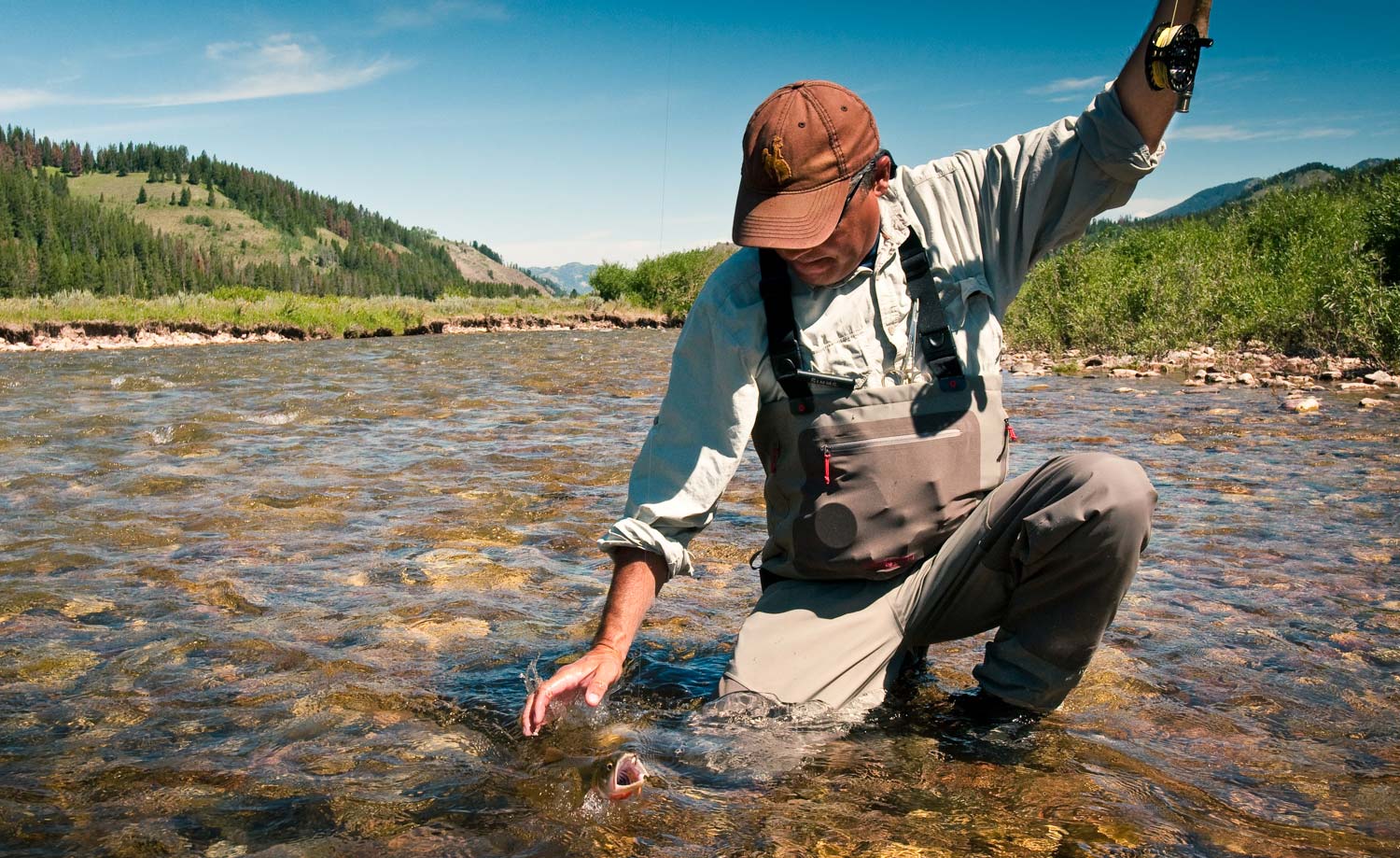
By Aaron Stiny
Recently my Facebook feed was flooded with folks sharing the aforementioned blog post, each post receiving a flood of comments.
Against my better judgement I browsed what folks had to say before reading it and saw nothing but Amen’s, Spot on’s etc so I gave it a click. I was surprised so many friends, especially industry employees, were adamantly in agreeance with it and I couldn’t help but feel like the article and the ensuing responses were hypocritical and ironic. Let’s dive in…
The Myth that fly fishing was a “quiet man’s” sport…Foremost, thankfully fly fishing isn’t a total Man’s sport anymore. Fly fishing has never been a quiet person’s sport. I grew up working in fly shops and forever worked for Bill Kiene, who had some of the loosest lips in Nor Cal when it came to promoting fishing. Many fly shop owners were the same way. Pre-social media Bill gained notoriety by pioneering one of the original fly fishing message boards and pushed fishing reports, however dated, to increase people getting after it, and in turn business. He didn’t do this simply to look after his bottom line, in his heart he wanted people on the water.
Lest we forget the massive consumer fly fishing shows of yesteryear which are currently experiencing a resurgence. The old ISE San Mateo show, Somerset, etc. Denver has been packed with consumers over the last few years, including many of the folks this blogger despises. Lefty Kreh, Chico Fernandez, Bob Clouser, they weren’t/aren’t exactly quiet men when it came to travelling around to shows, fly clubs etc. promoting hosted travel, selling gear, and collecting large speaking fees. Plain and simple, they were influencers before there were influencers, and it greatly benefitted their bottom line. In turn, they introduced how many generations to our sport who in turn spawned how many kids who are anglers in the social media generation.
Are most of the premier trout rivers really loved to death? The Mo, South Fork and other premiere trout rivers are counting fish by the thousand per mile. Many rivers are seeing more conscience flows by water administrators to protect fish during vulnerable times of year and enhance angler experience due to popularity. Let’s talk about former premiere Steelhead rivers: There is a passionate army of anglers advocating for the removal of the Snake River Dams to improve and in some cases just reopen steelhead fishing in Idaho. The Skagit/Sauk saga has more folks than ever before advocating for them. Steelhead popularity in CA has exploded in (thanks Kiene) and we have the largest Dam removal project in history about to happen on the Klamath. I get it, it sucks that your favorite WY river has a few more skiffs than it used to, but the number of passionate anglers, guides, shops and businesses bettering our fisheries is far greater than this blog will admit.
The cool factor and zero to hero guides. Where to begin,
Read More »The New G. Loomis NRX Plus: Video
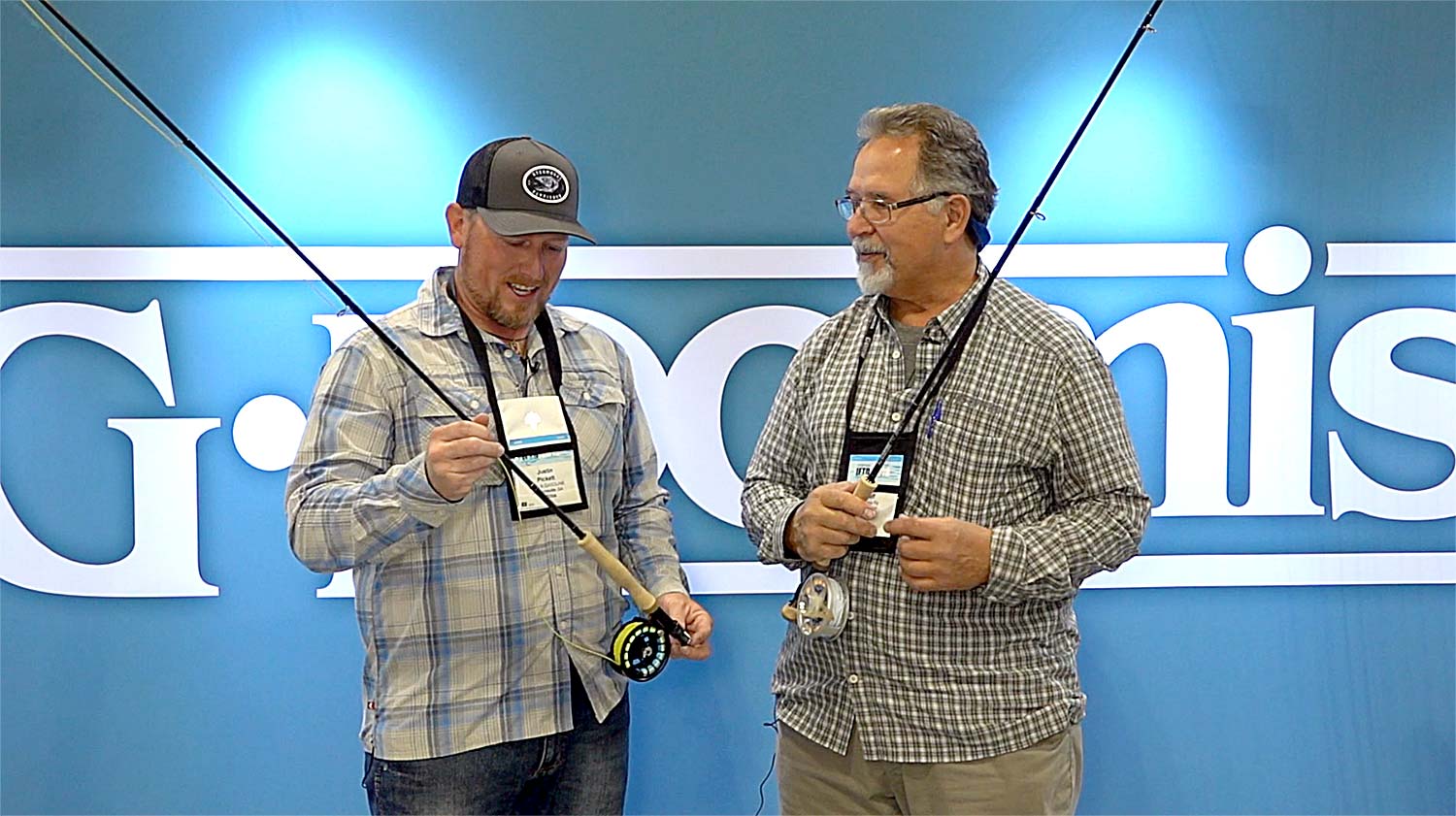
It’s been 11 years since G. Loomis introduced the NRX.
In all of that time it has remained one of the most beloved fly rods on the market. Clearly it was not a design that Loomis, or most anglers, felt needed improving. Well, 2020 is the year that changed. I think it’s fair to say that this is one of the most anticipated rod launches in recent memory. What’s all the fuss about?
FIND OUT IN THIS VIDEO.
Read More »